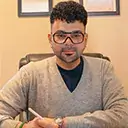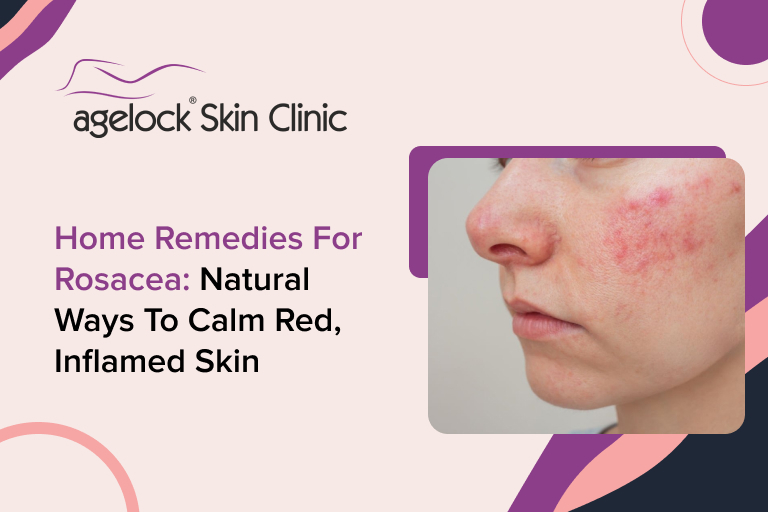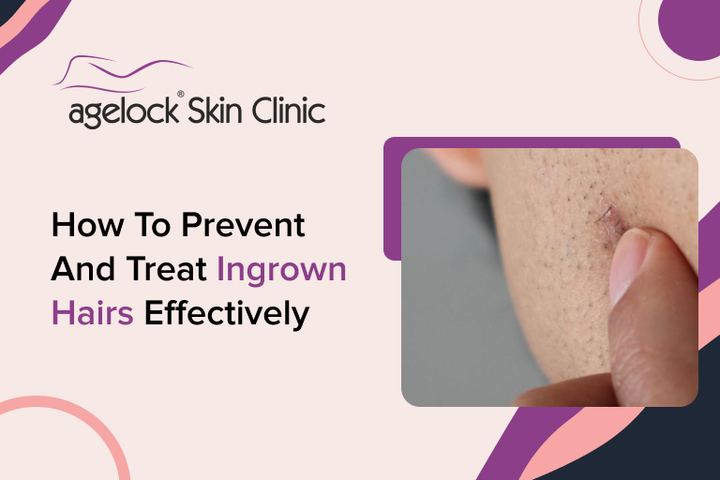Hair damage is a common concern, and it can be disheartening if your shiny and healthy hair becomes dry, brittle, and dull. Several factors can cause damaged hair, including heat styling, chemical processes, or exposure to environmental elements. Thankfully, it is possible to repair and rejuvenate your hair with the right care and attention. This blog will provide clear, actionable steps for repairing damaged hair, improving hydration, and restoring your hair’s natural shine.
What Constitutes Damaged Hair?
Before diving into the remedies, it’s important to understand what constitutes damaged hair. Damaged hair refers to hair that has lost its structural integrity due to factors like excessive heat, overprocessing, or environmental exposure. Common signs of hair damage include:
- Dryness: Your hair feels rough, and its texture is no longer smooth.
- Brittleness: Hair that easily snaps or splits, particularly at the ends.
- Split Ends: The tips of your hair are frayed and split into multiple strands.
- Lack of Shine: Hair appears dull and lacks its natural, healthy glow.
- Tangles: Your hair feels knotted and difficult to detangle.
If your hair exhibits one or more of these signs, it’s likely that it has been damaged and needs extra care to restore its health and vitality.
How Can I Repair Damaged Hair at Home?
Repairing damaged hair at home is entirely possible with the right products and habits. By following a consistent hair care routine that focuses on hydration, nourishment, and protection, you can bring your hair back to life. Below are practical steps to repair dry, brittle, and damaged hair.
- Start With a Moisturizing Shampoo and Conditioner
The key to an effective hair repair routine is selecting the right shampoo and conditioner. Look for products specifically designed for dry hair repair or damaged hair. These shampoos and conditioners are formulated to replenish moisture and restore hair strength.
- Shampoo: Choose sulphate-free shampoos that cleanse without stripping your hair of natural oils. Sulphates can dry out already damaged hair, making it more brittle.
- Conditioner: Opt for a rich, moisturising conditioner that helps lock in hydration and smooth out your hair’s cuticle layer, making it softer and more manageable.
2. Use Deep Conditioning Treatments Regularly
Deep conditioning treatments are essential for hydration and nourishment. These treatments penetrate the hair shaft to repair damage from the inside out. For best results:
- Apply a deep conditioning mask or hair repair serum once a week. Look for products containing ingredients like keratin, argan oil, coconut oil, and sheer butter to repair damaged strands and restore shine.
- Leave the conditioner on for at least 15-20 minutes, or as directed on the product packaging, to allow the formula to hydrate and nourish your hair fully.
3. Incorporate Hair Oils for Extra Hydration
If you have dry, damaged hair, hair oils are your best friend. Natural oils like argan oil, coconut oil, and jojoba oil are packed with nutrients that help restore moisture and shine. Applying a few drops of oil to the ends of your hair can improve its appearance and prevent further breakage. For best results:
- Apply hair oil on damp hair after washing to lock in moisture.
- Use sparingly—only a small amount is needed to avoid weighing your hair down or making it greasy.
- For deep nourishment, apply a generous amount of oil as an overnight leave-in treatment and wash it out in the morning.
4. Trim Split Ends Regularly
One of the most effective ways to maintain healthy hair and prevent damage from travelling up the strands is by trimming your split ends. Split ends not only make your hair appear dull and frayed, but they also lead to further breakage if left untreated. Getting regular trims every 6-8 weeks helps preserve the shape and overall health of your hair.
5. Protect Your Hair from Heat Damage
Excessive heat styling is one of the main contributors to hair damage. Blow dryers, flat irons, and curling wands can cause your hair to become dry and brittle over time. To minimise heat damage, follow these tips:
- Limit heat styling: Try to reduce your use of heat tools or opt for heat-free styles like braids or buns.
- Use a heat protectant: If you need to use styling tools, make sure to apply a heat protectant spray first. These sprays create a shield around your hair, helping to minimize heat damage.
- Lower the temperature: Use the lowest heat setting on your tools that still achieves the desired style.
6. Consider Protective Hairstyles
Protective hairstyles like braids, buns, and twists can help shield your hair from environmental damage and prevent further breakage. These styles allow your hair to rest and recover while minimising manipulation. Additionally, they help keep your ends tucked away, reducing split ends and tangling.
7. Eat a Hair-Healthy Diet
What you put in your body plays a significant role in the health of your hair. To support hair repair, include the following nutrients in your diet:
- Protein: Hair is primarily made up of keratin, a protein. Ensure that you are eating enough protein-rich foods such as eggs, fish, beans, and nuts.
- Vitamins and Minerals: Vitamins A, C, D, and E, as well as biotin and zinc, are crucial for healthy hair growth. Incorporate fruits, vegetables, and whole grains into your diet to support overall hair health.
- Omega-3 Fatty Acids: These beneficial fats support a healthy scalp and contribute to glossy hair. Incorporate foods like flaxseeds, chia seeds, and fatty fish into your diet.
8. Take Care of Your Scalp
The health of your scalp is closely linked to the condition of your hair. If your scalp is not nourished, your hair can suffer. To maintain a healthy scalp:
- Use gentle scalp treatments or oils such as tea tree oil or peppermint oil to soothe dryness or flakiness.
- Consider a scalp massage to improve circulation and encourage healthy hair growth.
- Keep your scalp clean, but avoid overwashing, as this can strip natural oils and lead to dryness.
9. Be Gentle When Detangling
Damaged hair is more delicate and susceptible to breakage, so it’s crucial to handle it gently when detangling. Use a wide-tooth comb or your fingers to work through your hair carefully, beginning at the ends and gradually moving upwards. Avoid pulling or tugging on knots, as this can cause further breakage.
10. Avoid Harsh Chemical Treatments
If your hair is already damaged, it’s best to avoid chemical treatments like bleaching, relaxers, and perm solutions. These processes can strip your hair of moisture and weaken its structure. If you must dye your hair, opt for less damaging alternatives, such as semi-permanent dyes or products with conditioning formulas.
How Long Does It Take to Repair Damaged Hair?
The time it takes to repair damaged hair varies depending on the severity of the damage and how consistently you follow your hair care routine. While some improvements, such as increased shine and softness, may be visible within a few weeks, more severe damage (like split ends and breakage) can take several months to recover fully. Be patient, and remember that consistency is key when it comes to hair restoration.
Conclusion
Revitalising dry and brittle hair requires a combination of the right products, healthy habits, and patience. By following these actionable tips, including deep conditioning, using hair oils, trimming split ends, and nourishing your body, you can significantly improve the health and appearance of your hair. With dedication to a comprehensive hair care routine and protection from further damage, you’ll be well on your way to restoring your hair’s natural beauty and strength.








